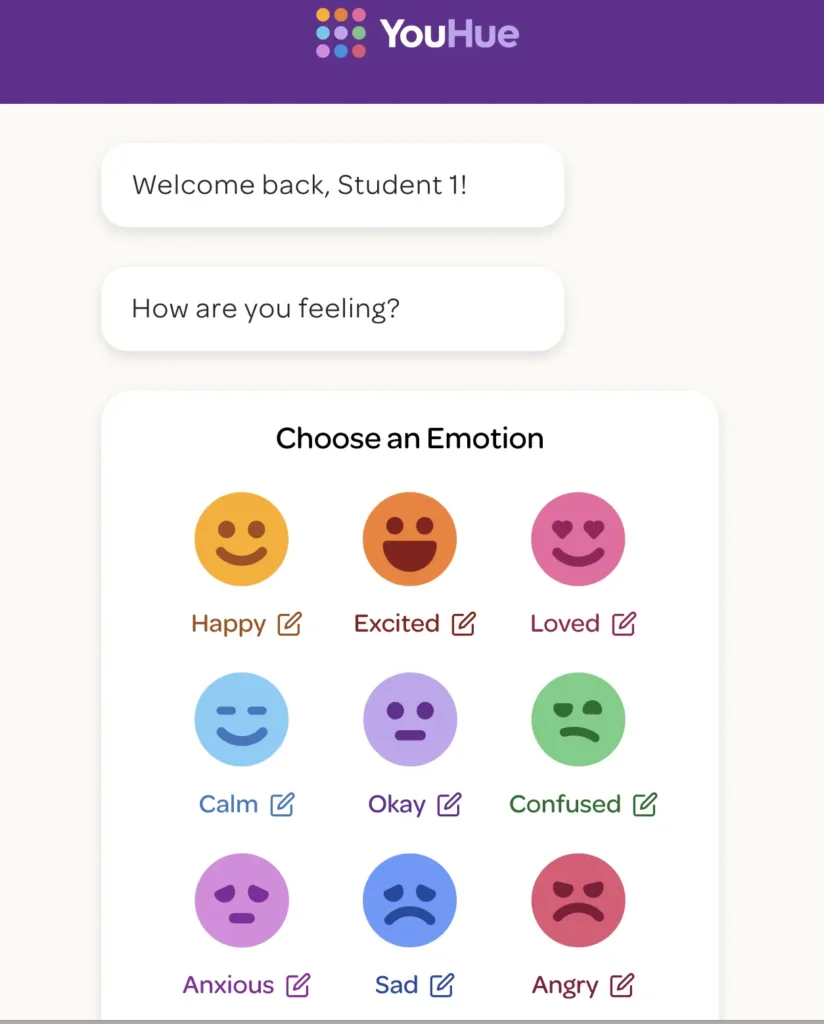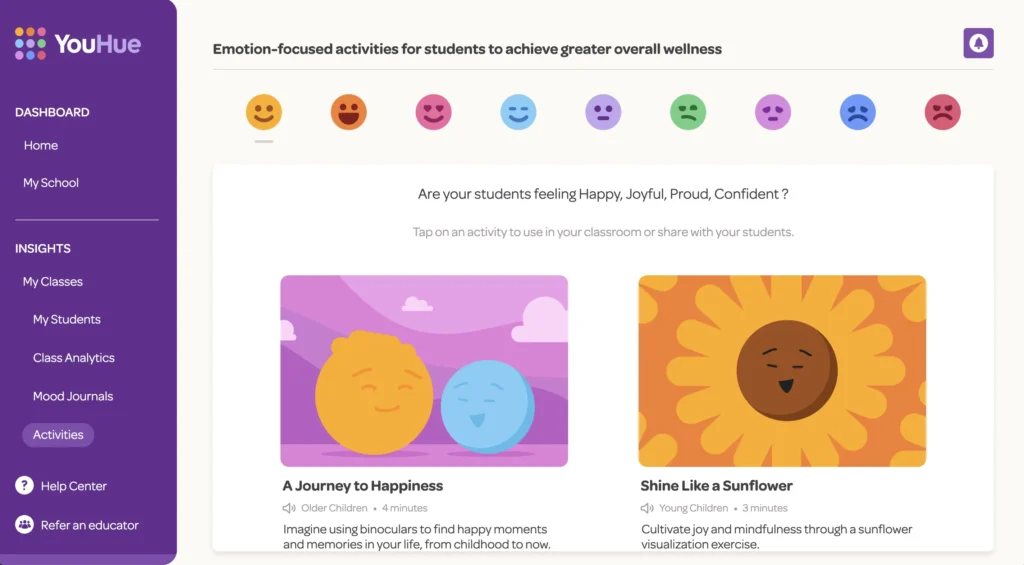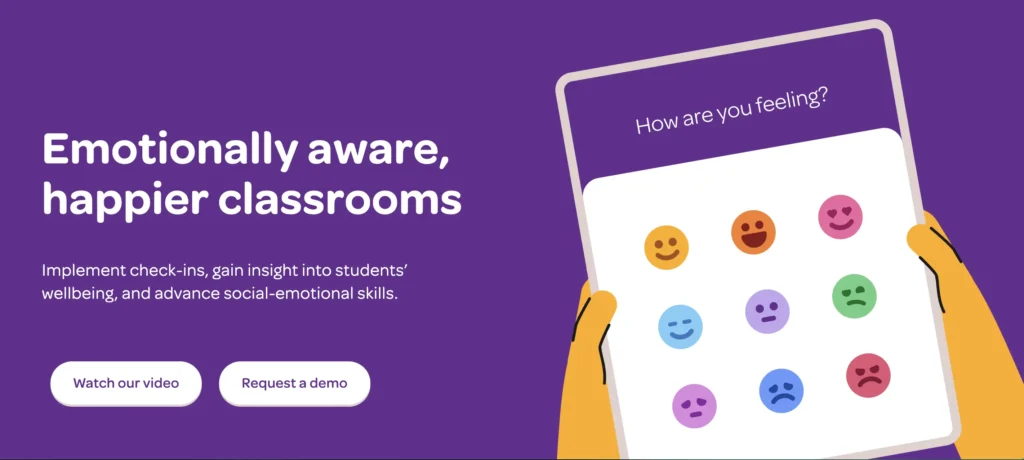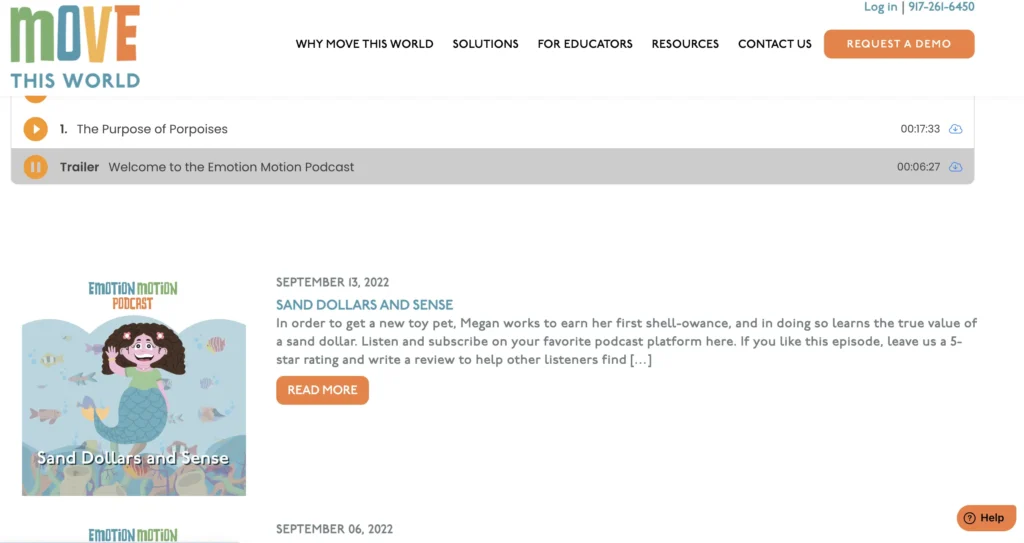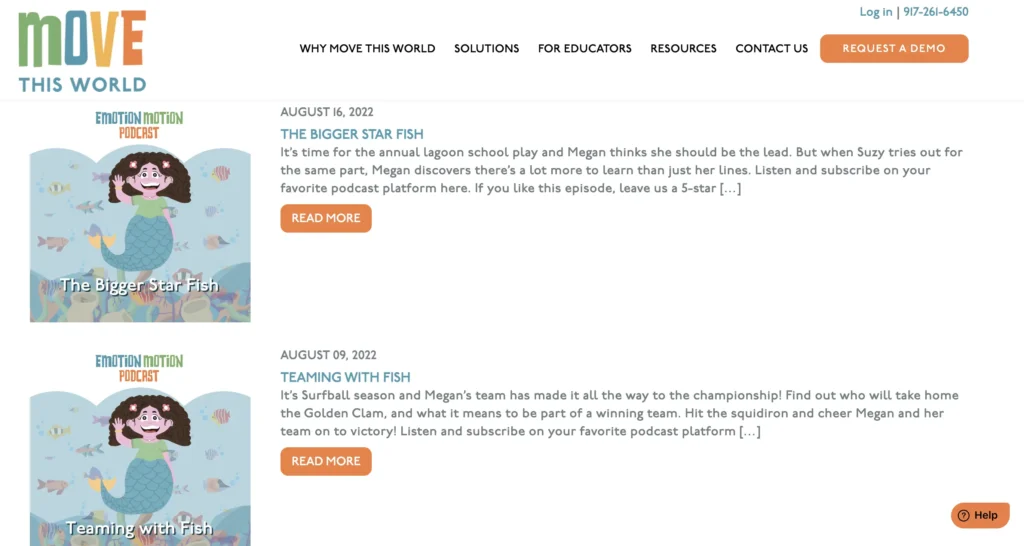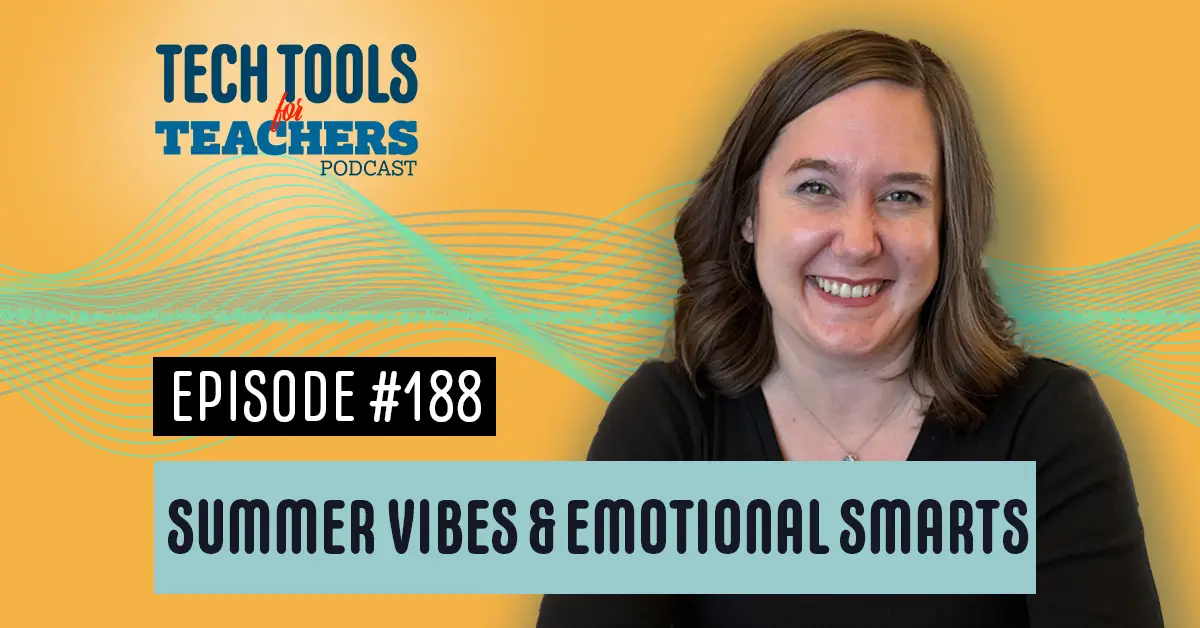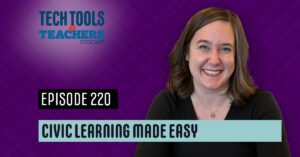[00:00:00] Shanna Martin: Thanks for listening to the Tech Tools for Teachers podcast, where each week we talk about a free Piece or two of technology that you can use in your classroom. I’m your host, Shanna Martin. I’m a middle school teacher, technology, and instructional coach from my district.
[00:00:31] Fuzz Martin: You who big summer episode and I’m her producer and husband Fuzz Martin.
Thank you for joining us this summer.
You should have known when I knew,
[00:00:45] Shanna Martin: but I, because there’s so many ways you can use you, who? Yeah,
[00:00:49] Fuzz Martin: you told me I wasn’t
[00:00:50] Shanna Martin: sure which you told me what the topic was today, and
[00:00:53] Fuzz Martin: immediately I’m like, this is where I’m going, this is the direction I’m going. I didn’t even, it took like a half second, and I’m glad I went there.
[00:01:01] Shanna Martin: Yeah.
[00:01:02] Fuzz Martin: I’m glad to be here with you. I’m glad to be here. You, the audience member, thank you for listening on your summer. It’s, I hope it’s great.
[00:01:09] Shanna Martin: Yeah, I hope everyone’s summer break is going well. It’s one of those where we’re in mid July, and we’re not going to point out that some people might be starting soon.
Yeah, we won’t
[00:01:22] Fuzz Martin: point that out.
[00:01:23] Shanna Martin: But hopefully you’ve had some time to relax and are able to relax and continue to listen to all your favorite podcasts, and read books and sit by a pool and do whatever you want to do in the summer. So this week is inspired by I Seemed to work a lot in the summer. You do
I was presenting at another school district. Mm-Hmm. in Wisconsin about two weeks ago last week. Now I know all my weeks were running together. And nobody will know. Nobody will know. So I presented, it was last week, presented last week ish. It was the last week of the week before , , some information with another teacher from my district and we were presenting, or giving.
Tools and tips for teachers to build more SEL into their classrooms. So more social emotional learning, and how it naturally just kind of fits in certain parts of your day with your students. And I had like my whole little tech toolbox I was talking about and I was like, wow, I actually haven’t talked about either of these two things in my podcast, so I should share them.
So that’s where this kind of comes from, is I was sharing and teaching other teachers and. I haven’t shared with all of you. And here we are.
[00:02:37] Fuzz Martin: No, we always do this. So if you’re new to the podcast or maybe you’ve only listened, for a while. Every summer we’ve got a, like a mid, mid-summer episode.
[00:02:46] Shanna Martin: Yes. So this is like, like season six, 6.5 . Um, ’cause we’re not into season seven yet, but we’re still at the end of season six and it’s episode 180 8.
[00:02:56] Fuzz Martin: Yeah.
[00:02:57] Shanna Martin: So you can go back and listen to all the episodes and learn all the fun things. Mm-Hmm. . And the first site I’m gonna talk about is called Uu Yuhue.
So it’s U hu u hu Y-O-U-H-U-E. That’s where the Yoo hoo comes from. So then it turned into like Yoo hoo, like the chocolate wannabe milk drink. And then also, Yoo hoo, to the rescue, if anybody knows that cartoon, I referenced it. In my presentation, and nobody had heard of you, who to the rescue, it’s, he’s like little animals in the forest.
Anyway, check it out. It was watched a lot in our house at some point. All right. So you, Hugh is a fantastic SEL site, but really it’s an app, but works on a desktop as well. So I appreciate if you, this can be used to K 12, like this site is. Easy to navigate, and once you have it set up as a teacher, it’s for free, able to support your students and younger students can use it differently than older students use it.
So I’ll kind of talk about that. So to get to the site, it’s YouHue, like I said, but it’s app, A P P, like dot YouHue, Y O U H U E dot com. And so you can use it, again, a desktop or a computer or a. Phone or a tablet, so it works in all of those places. So as a teacher, you’d sign up for a teacher account, and then you get your little homepage, and then you create your classroom, so you can add classes.
It’s not going to connect through, like, Google Classroom or anything like that, but you can choose if you’re in preschool through 12th grade or other. So you set up your classes with your students. Students can type in a code to join your class, or you can add their emails. Once you have your student’s class set up, what’s super cool is that I would go to my classes and then I assign like a journal entry.
[00:04:53] Fuzz Martin: Okay.
[00:04:54] Shanna Martin: And once I do that My students have the opportunity, you ask how are you, and the how are you is then set up with these cute little emojis that show what you’re feeling for the day. So there’s nine emojis that they work with. And you kind of see it in their logo. It’s like there’s a little nine dots.
They’re going to show the different like feelings, like how you’re feeling for the day. It also has, very cool, like it’s easy to identify if you’re happy or excited. If you’re sad, if you’re upset, like whatever it may be. So they get the students, get the little box of emojis. You click the emoji of how you’re feeling, and then you have an opportunity to kind of tell us why it’s called a mood journal so kids can fill in their information.
So I made like. Big journal entries so you guys can understand how it works. So I picked just like a calm because calm is one of the emojis. Student number two was feeling calm about home, homework, and it like gives you a summary, kind of like pulls out the key words in the kid’s entry. I said as a student, I slept really late and I don’t have any homework due.
I might even go to a concert this weekend. The student’s feeling calm. It pulls out and highlights calm. It highlights the different words like home, homework, work. It will pull out words I need to know, and then it also will flag things that look questionable or that you can mark questionable that you need to follow up with student on, and they also have like populars, the ones that show up the most.
But what’s really cool about this is because you work with those nine emojis all the time, it will give you your class analytics. So you can read real quick at the start of a class. It’ll give you a little graph. The kids pick their nine emojis, they can write their journal entry in, or it doesn’t have to be really long if they’re younger students, but they can pick their emojis and you can see, wow, my class is really tired today.
Wow, my kids are feeling like really excited. Maybe there’s a field trip coming up or something. Wow, I can see like some of my kids are really struggling today. So you can see that if you do this as a bell ringer as soon as they walk into class or in the classroom. Right away, you can have a read on your students emotions and how they’re feeling.
What’s also cool is that it collects your data over time. So, daily, you can see how they’re feeling. Monday through Sunday, monthly. And you can look at that and see like, wow, some of my kids are tracking, like, they are really exhausted every Monday morning. Like, what can I do to support those kids when I’m teaching them?
Which is kind of cool. So it also gives, so you can have access to their mood journals and they can choose, like you can put different settings on there if kids don’t want to share everything with you, or if they just want you to see their emoji of how they’re doing. and you can see all of those different pieces and see how your kids are feeling.
Another cool piece, and this kind of works for younger students, is that if they can’t really type full sentences yet, because we know some of our kindergarteners, first grade, second grade, like you want their emoji, like the emoji to know how they’re feeling, but you also are like, we’re not going to spend like an hour typing a sentence.
They do have in your little account then is activities. So like a journey into happiness, shine like a sunflower. You click on the different emoji. And it gives you two different videos that go with it, that can explain those feelings. They can be social stories, some of them have more than two videos.
They have like little social stories or different connections with these cute little videos that look like your little emoji people. So it’s kind of nice that you can also incorporate those situations in your classroom. So if you have students that are sad or disappointed because something doesn’t go right, or they’re hurt or lonely, You can then play the little video and have a class discussion.
The videos are fast, they’re like one, two, three minutes to spark that discussion in class and kind of give kids a social story for understanding those feelings. So it’s all laid out really simple. There’s not a bunch of buttons to click or ways to get to things. pick your emoji, type in how you’re feeling, I think it’s very helpful before kids take a test or an assessment, Ooh. Are we stressed about this one? Are we feeling Pretty good, because we’ve studied for it.
Are we feeling good about the content? And it gives you those different pieces and then I can see analytics real quick, like, all right, class is not feeling too hot about this one and we’re going to see how it goes. And then you can also have those discussions afterwards. Like, Hey, I see you all weren’t feeling so great about this.
How can we make those adjustments? So it’s just a way of putting kids in tune with how they’re feeling. And a very quick way as the teacher to see your kids at once, because sometimes they don’t want to tell you things, but they can click an emoji to show you how they’re feeling.
[00:09:52] Fuzz Martin: And they, yeah, they might be more apt to click that, that corresponding smiley face or frowny face.
[00:09:59] Shanna Martin: Yeah. And the thing is too, like if it just becomes a routine in your classroom, they just walk in, click it, type it in. You know, it doesn’t even have to be every day, but if it’s like twice a week we do check-ins or something like that, you can easily build that in. Yeah. And you can add that to each one of your classes.
Very nice. So you, you, you, you, it’s a cool way to check in on how your kids are feeling. And it’s quick and easy to understand. And we love the data for any of my data people out there. We love some data. Well, there you go.
[00:10:27] Fuzz Martin: Awesome.
[00:10:28] Shanna Martin: Yeah, that was a cool tool and it went over really well just because we talked.
In my session, I had kindergarten through high school teachers and everybody had a way like, Oh my gosh, I can use this for the videos. I can use this for quick checks on my students. I can use this in homeroom. I can use this with. Like a lunch group, like there was all different ideas people had. So awesome.
Yay for all of you educators out there using this already. So YooHoo. And the second one that we’re chatting about, this other SEL tool is actually Not a website. We are going to talk about another podcast.
[00:11:05] Fuzz Martin: Oh, fun.
[00:11:06] Shanna Martin: I love a good podcast.
[00:11:08] Fuzz Martin: Me too.
[00:11:09] Shanna Martin: So the podcast is called Emotion Motion.
[00:11:14] Fuzz Martin: Okay.
[00:11:14] Shanna Martin: It is put on by Move This World, which has a collection of podcasts and the Emotion Motion podcast.
is created for younger students, so elementary, to get them identifying their feelings and also moving around in their classroom, and it builds in social stories, like how to handle those situations, and it all takes place in the classroom. in the ocean. So it’s got like, it’s fun. So there’s like fish. So, they have a main character and she goes through and kind of like, these are all parts of her life and she, they build more self awareness or if she has like big emotions or she’s feeling things, you kind of help you identify like with kids, how they would feel those same things.
Some of the podcasts, I was like the bigger starfish teeming with the fish. Playdate Problem Solvers, Help in the Kelp, that’s Otter’s favorite food, kelp, kelp, kelp, so there’s all kinds of cool, like the wave of sadness, so everything’s ocean themed, and then each episode is from, I don’t know, 12 to 20 minutes or so, but they go through And for younger students, get them out of their seats.
They can listen to the story and imagine it and kind of move their body around and feel the emotions and what they’re doing and play the parts and also help understand how to handle these situations. So, um, it’s really cool. It’s really engaging for younger kids or early elementary students and to get them moving and identifying those feelings, because that’s always a big piece is they have so much going on and they’re thinking, thinking so many things.
They don’t know how to wrap their brains around it, so it’s a great way of training our younger students to be able to understand their emotions so that way they can articulate them to other people. So, that one is called Emotion Motion. There’s three seasons of it, and there’s all kinds of cool opportunities for our kids to kind of learn how to handle their emotions, and then also move around in the classroom, which I appreciate as well.
[00:13:20] Fuzz Martin: Yeah, that’s, that’s fun. I heard you listening to an episode before we started this podcast, and uh, yeah, it’s, it sounded really fun.
[00:13:27] Shanna Martin: Yeah, there’s like all kinds of cool, like, background noises. It’s just, it’s just, it’s very engaging.
[00:13:31] Fuzz Martin: Yes, well, well produced.
[00:13:33] Shanna Martin: Yes, so I suggest that one as well. So, Motion Motion Podcast, along with YouHue, for any sort of tools that you want to, might want to try out with your students to kind of help them understand their emotions and Uh, be able to communicate with others.
Very good. There you go. Those are my little shares for the summer.
[00:13:52] Fuzz Martin: Good, good summer shares, Shanna.
[00:13:54] Shanna Martin: I try. Say
[00:13:56] Fuzz Martin: that five times fast.
[00:13:56] Shanna Martin: Yoo hoo. There you go. Well, thanks for tuning in. This has been the Tech Tools for Teachers podcast. If you ever have any questions, you can find me on the app. Formerly known as Twitter, or on Threads, or on Facebook.
I have all kinds of cool things posted in the summer there too. And if you want to get more information on the links to the technology discussed in this episode, you can visit SMARTINWI com. If you’d like to support the show, please consider buying me a coffee or two. Visit BuyMeACoffee. com slash smartinwi or visit smartinwi. com and click on that cute little purple coffee cup. Your donations help keep the show going. New episodes starting in September,
[00:14:35] Fuzz Martin: September, August, September, somewhere on there. August,
[00:14:36] Shanna Martin: September, new school year, new episodes, new school year. Thanks for listening. Go educate and innovate.
[00:14:42] Fuzz Martin: The ideas and opinions expressed in this podcast and the smartinwi.com website are those of the author, Shanna Martin, and not of her employer.
Prior to using any of the technologies discussed on this podcast, please consult with your employer regulations. This podcast offers no guarantee that these tools will work for you as described, but we hope they do. And we’ll talk to you next time here on the Tech Tools for Teachers podcast.
